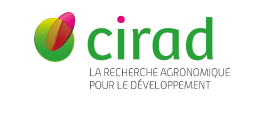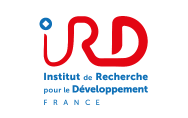Summary: Harming consequences of floods in societal systems are the likely consequence of socioeconomic factors. New practices in flood damage prevention have moved away from the implementation of structural measures, embracing as well non-structural measures that integrate ecosystem services, taking advantage of the ecosystems’ potential to prevent, regulate and scale down water-related hazards. This shift, even though it pursues higher levels of risk prevention, damage reduction and economic sustainability, is incrementing the exposure of rural and farming areas for greater protection of urban and industrial ones. But agricultural sectors have in fact singular structural patterns that make them particularly vulnerable to income and cash flow shifts. Moreover, agriculture is increasingly considered as a complex Socio-ecological system (SES), formed by the ensemble of farming activities, territory, environment, and the relations established among these three elements. As such, there might exist factors that, acting along several scales, play a fundamental role in the determination of the vulnerability of the agricultural system.
Insofar farm-type discrimination is essential to provide reliable assessments of impacts and vulnerabilities, this dissertation focuses on wine production and proposes a microeconomic study of the cooperative winemaking system (CWS). This system exhibits features that characterize it as a SES. Thus, we seek to study to what extent the integration of several scales of analysis contributes to the detection, understanding and characterization of the drivers of vulnerability of a CWS to flood hazards. We consider vulnerability as an intrinsic property of any element/system that depends on the sensitivity to suffer harm and the capacity to cope in the aftermath of the hazard. Accordingly, we can evaluate and asses the vulnerability of a system and its drivers through the estimation of flood damages.
We propose and build a novel model for the assessment of flood damages of a CWS (the COOPER model), based on data elicited from two study cases in southern France: Aude and Var counties. To develop the COOPER model we use an agent-based model approach, which enables us to describe the system from the bottom-up identifying the entities of interest, their interactions and the environment in which they take place.
The use of the COOPER model as laboratory for the ex-ante assessment of damages of multiple flood events highlights, despite scales the importance of the correct identification of interactions between elements in the system. Their misidentification may lead to either the overestimation or the underestimation of damages, thus vulnerability of the system. Furthermore, the possibility to describe in detail both agents and rules within the productive system, together with the presence of explicit interactions, enable us to identify and estimate the weight that different significant factors have in the susceptibility of the system to suffer harm or the capacity to cope with the consequences of the a flood hazard.






